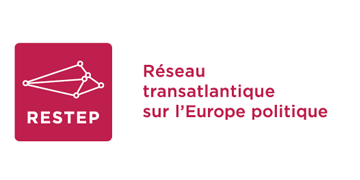Catherine Xhardez – Politics and Governance – Temporary Protection in Times of Crisis: The European Union, Canada and the Invasion of Ukraine
The Russian invasion of Ukraine in February 2022 triggered a major displacement crisis. In an unprecedented move, the European Union activated the 2001 Temporary Protection Directive to give those fleeing the conflict temporary protec- tion, marking the first use of the directive in 20 years. Meanwhile, Canada announced its readiness to accept an unlimited number of Ukrainians and launched the Canada-Ukraine Authorization of Emergency Travel to fast-track their arrival. This article compares the policy responses of the EU and Canada to the crisis in Ukraine, focusing on the two temporary protec- tion schemes and differentiating between their overarching goals, policy instruments, and settings. While the policies may seem similar at first, we show that a closer examination reveals underlying disparities, contradictions, and complexities, particularly when analyzing the precise policy instruments and settings. Considering that contemporary policy trajectories are informed by the past, we suggest that while the two programs build on the respective regions’ historical and political contexts, crises also create opportunities for change, raising questions about the future direction of immigration policy in both regions.










